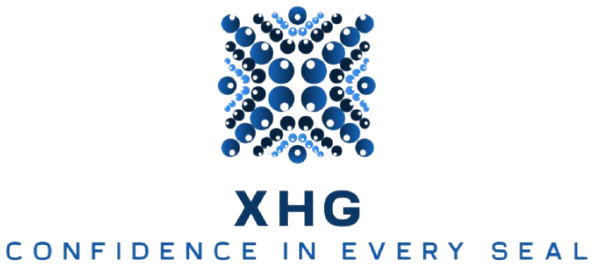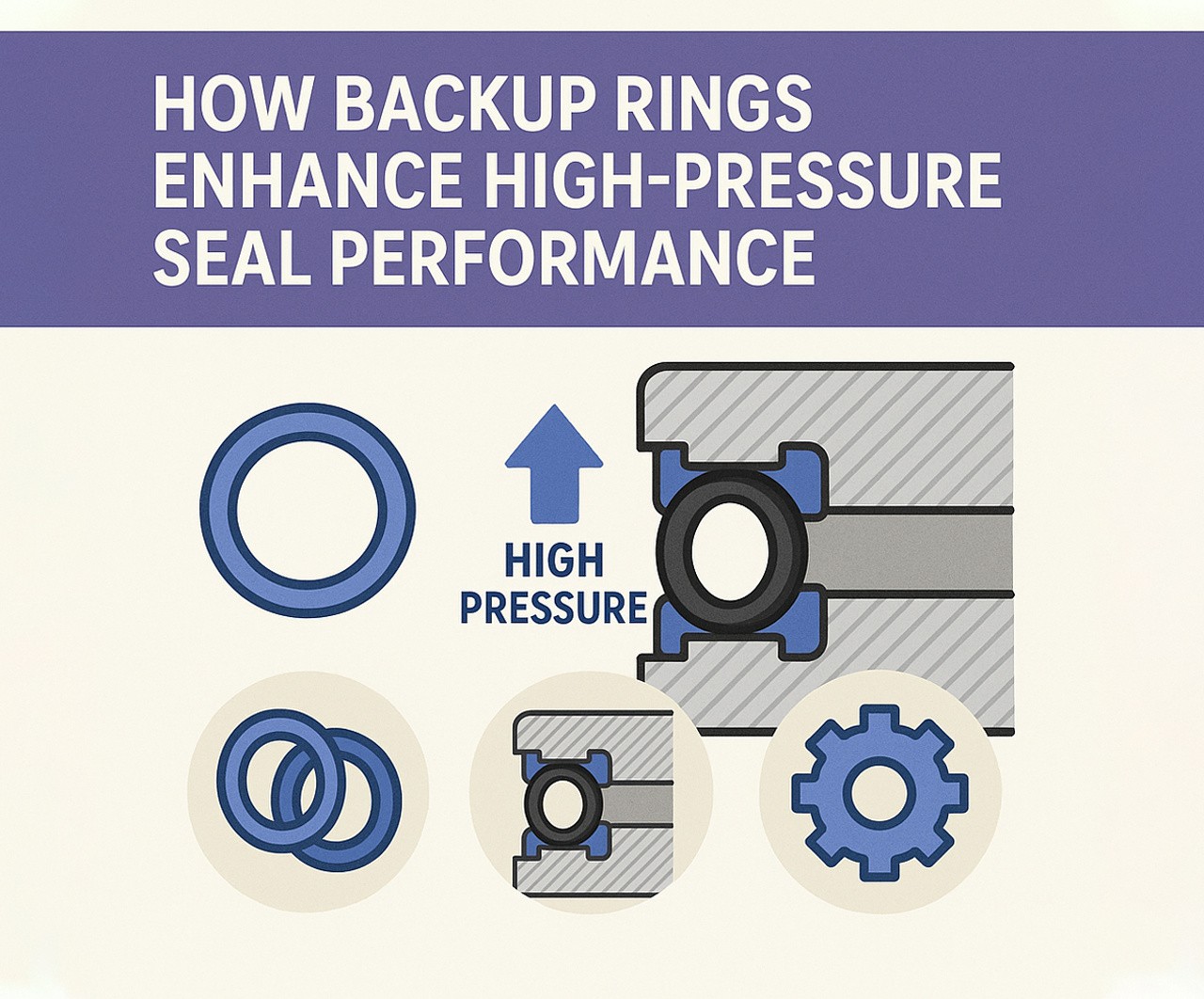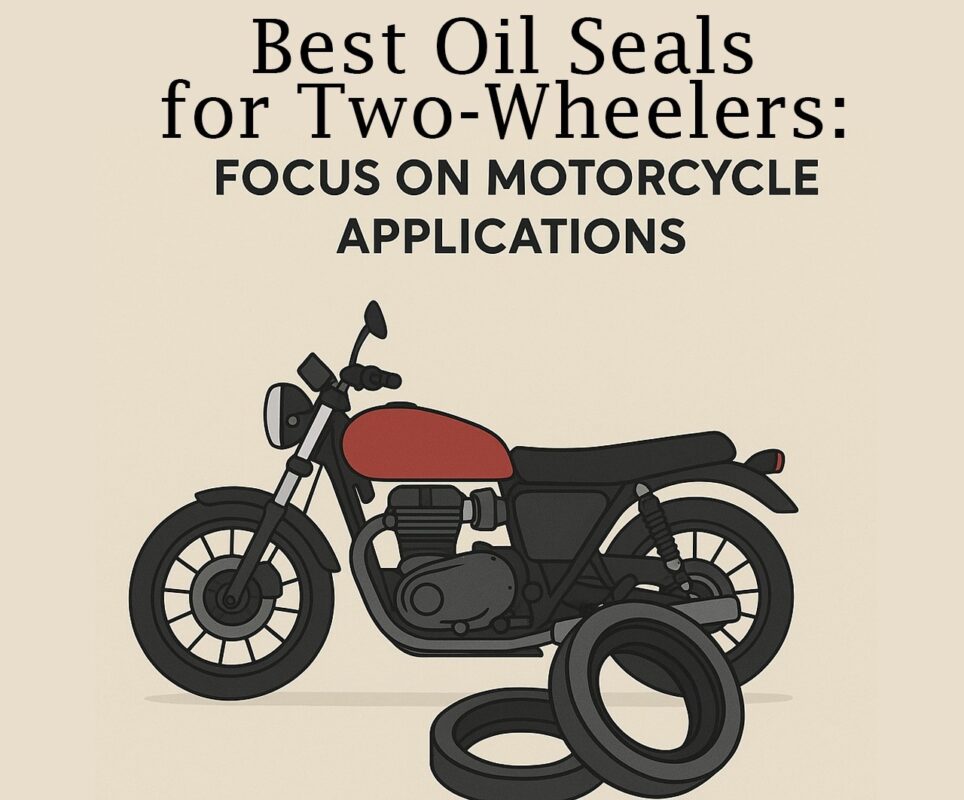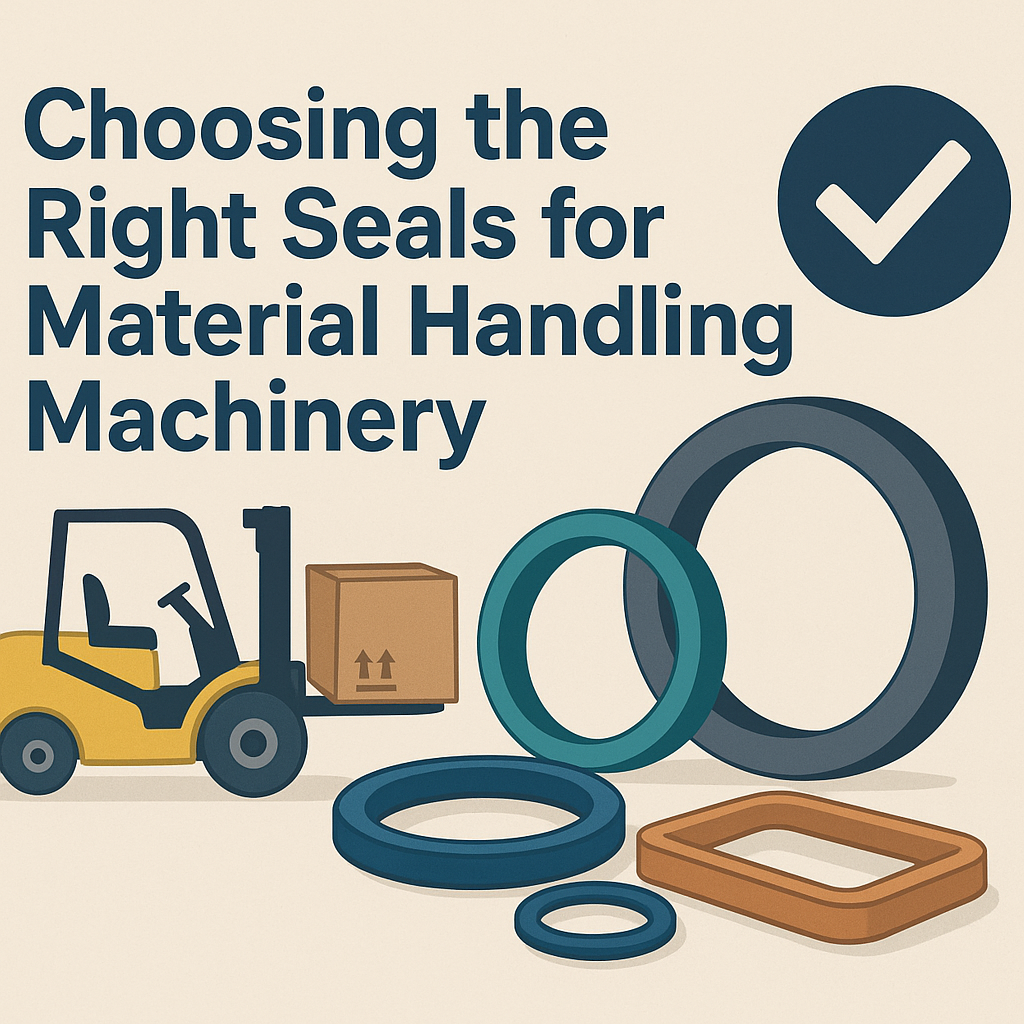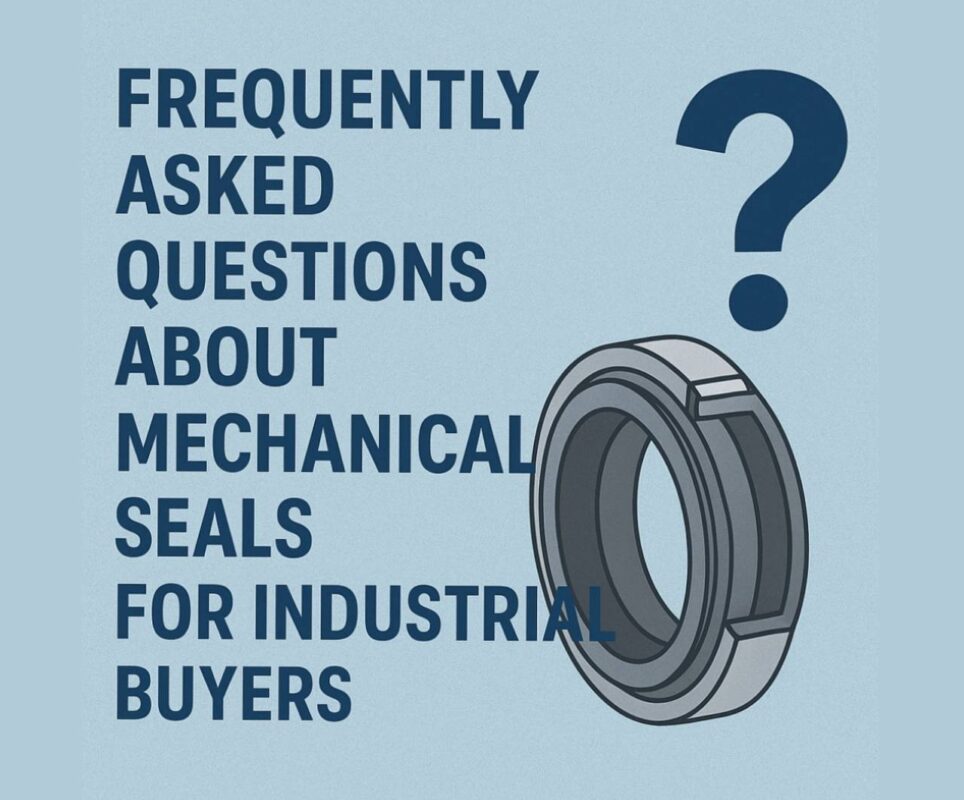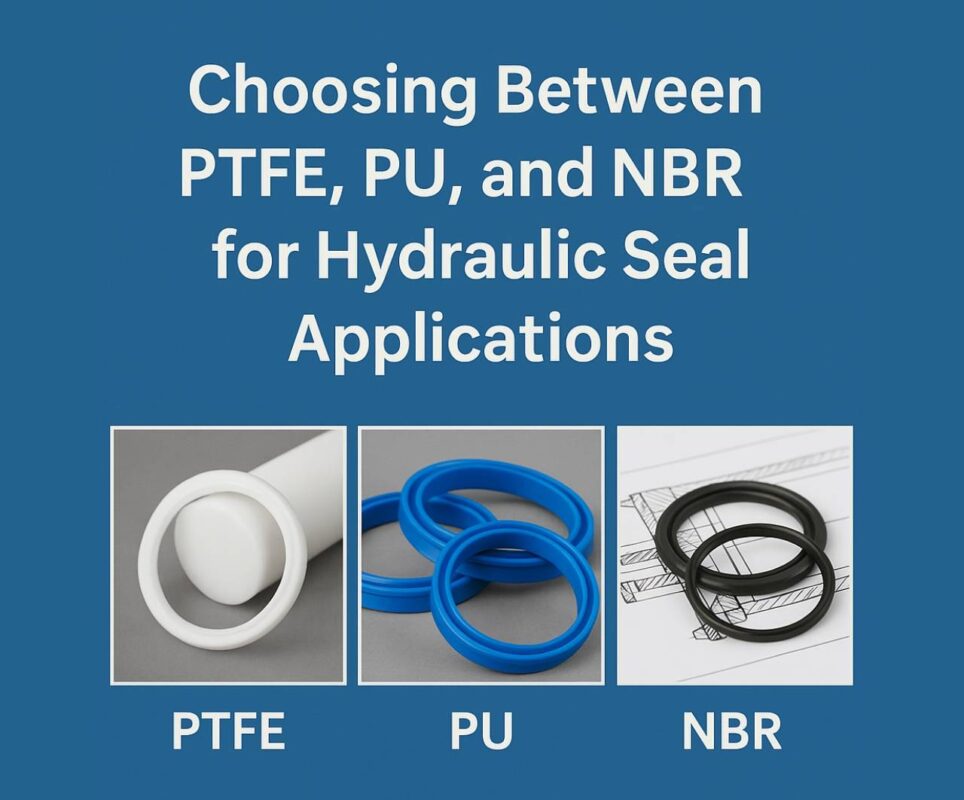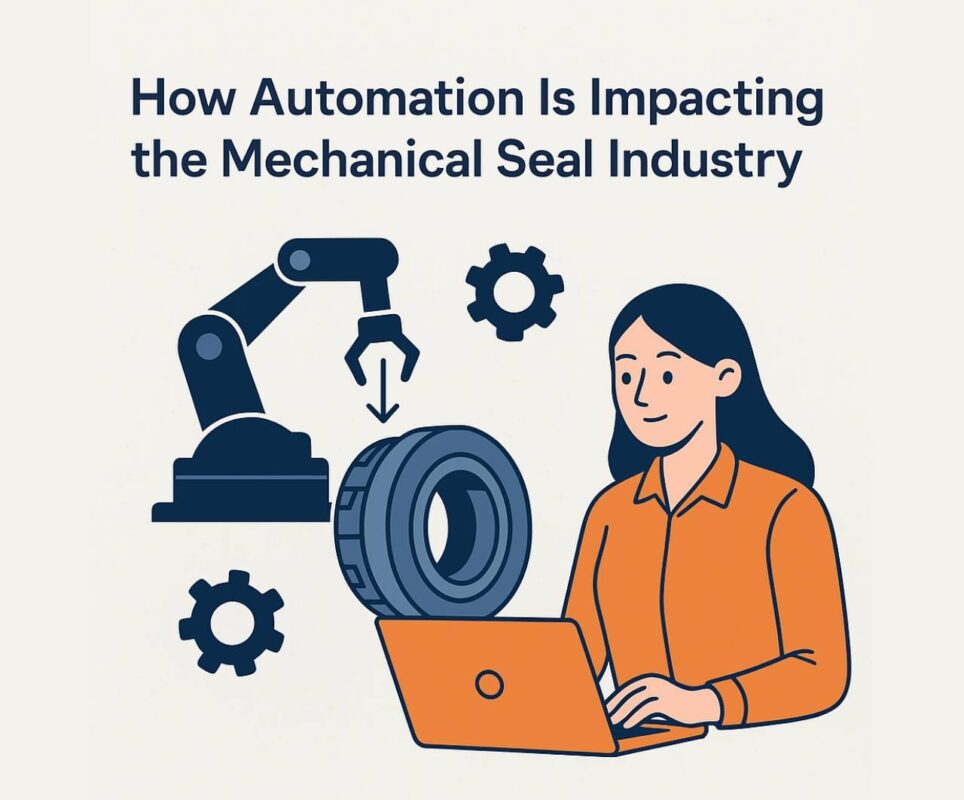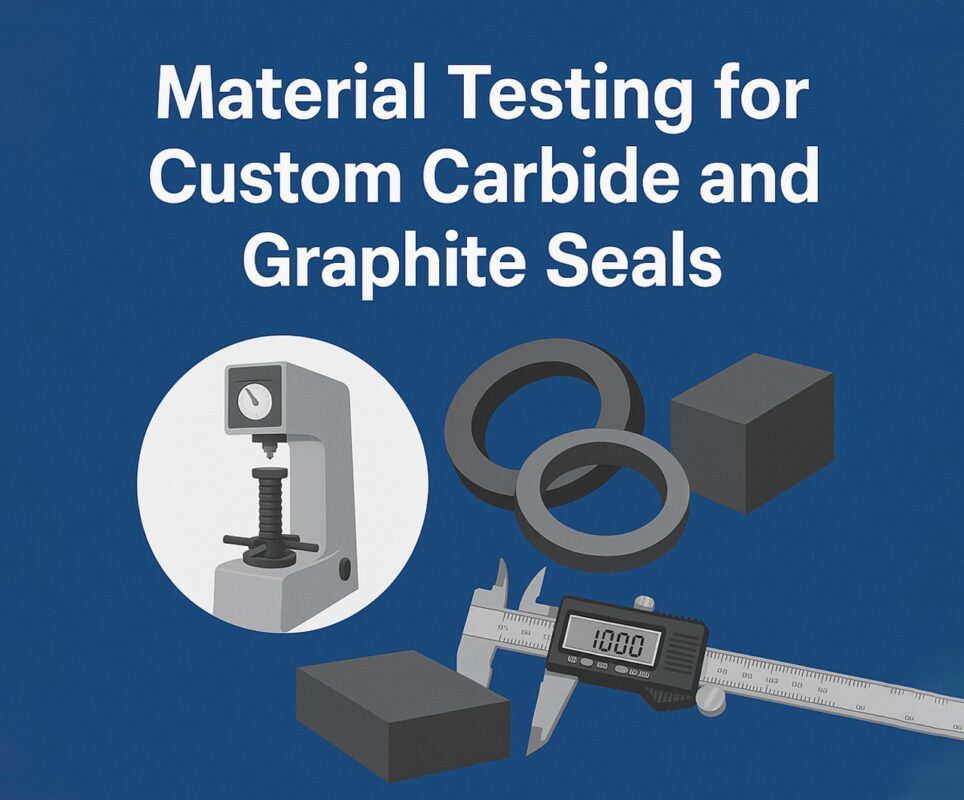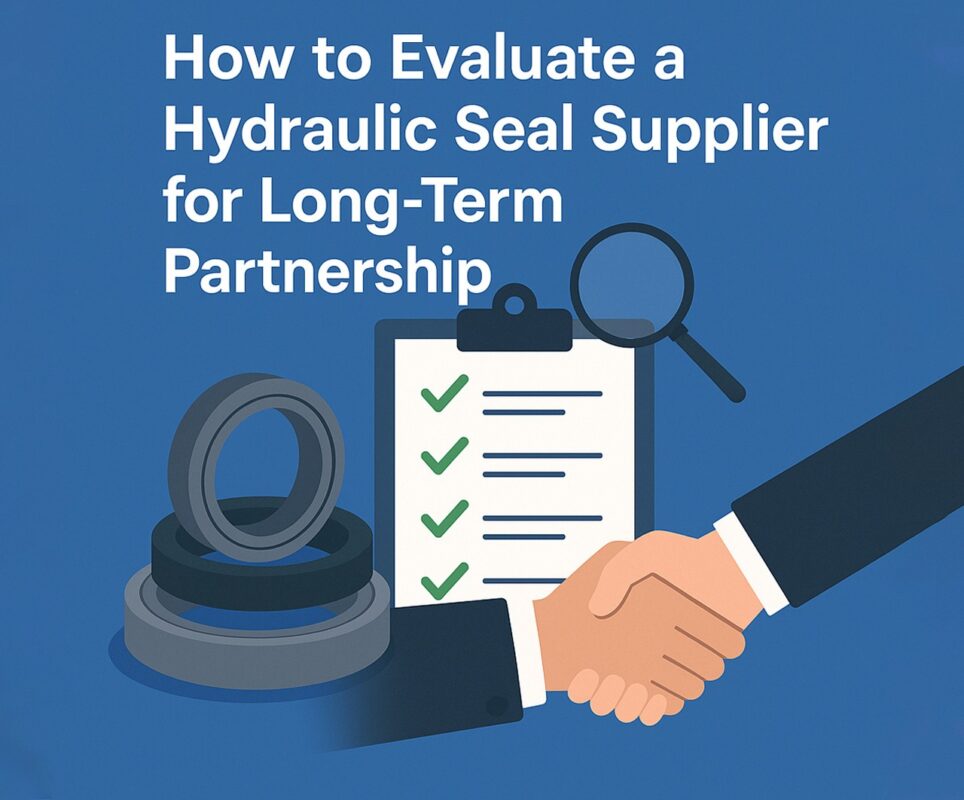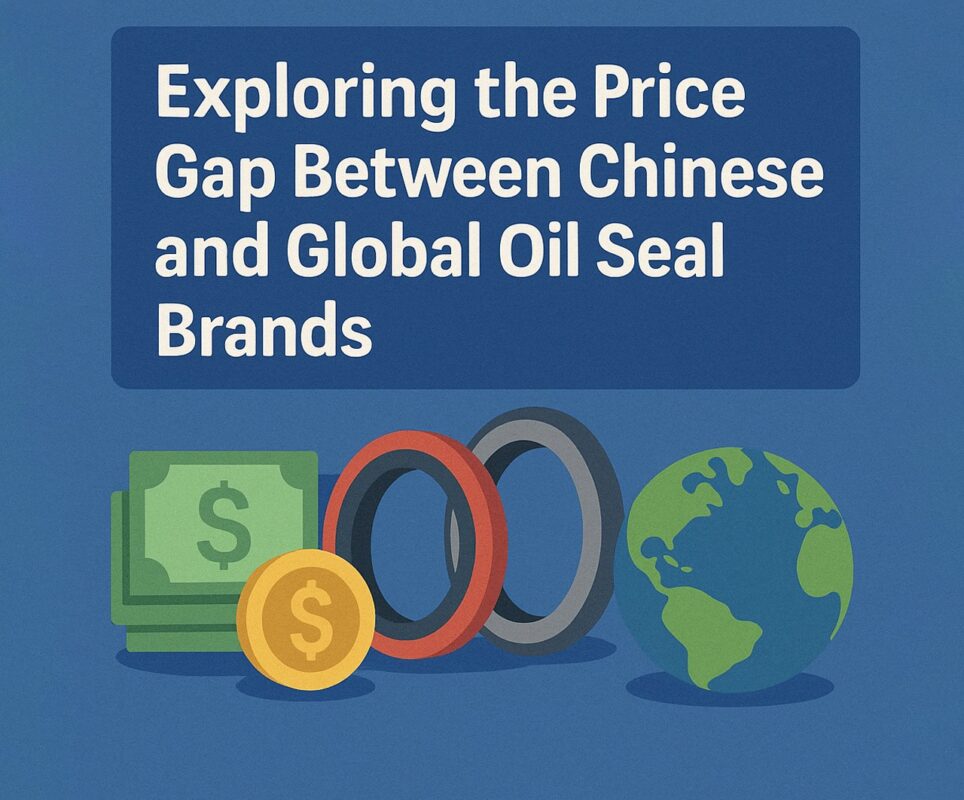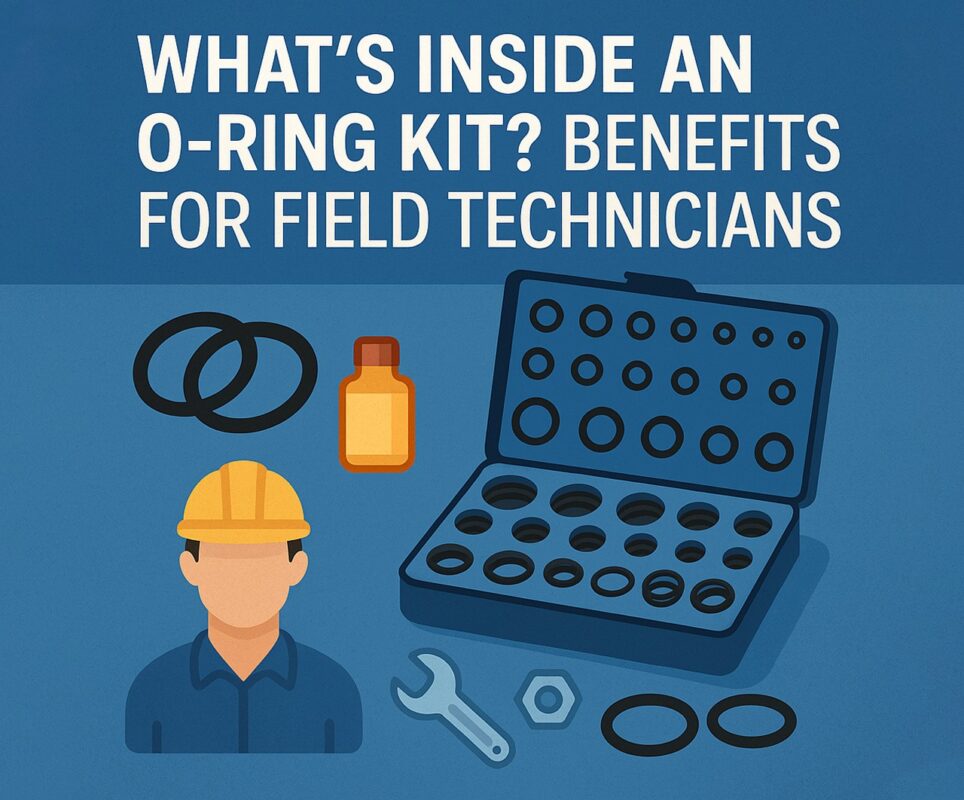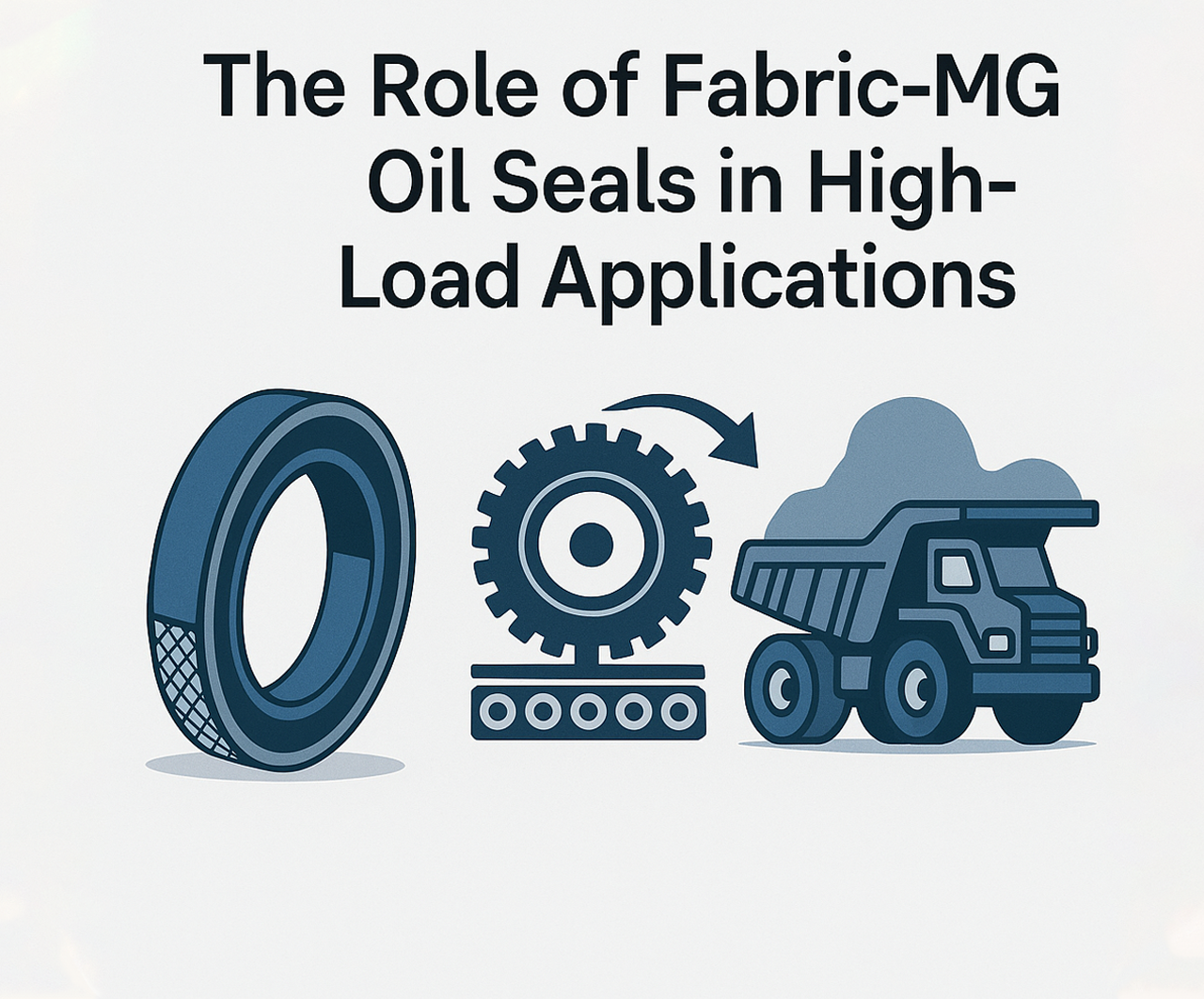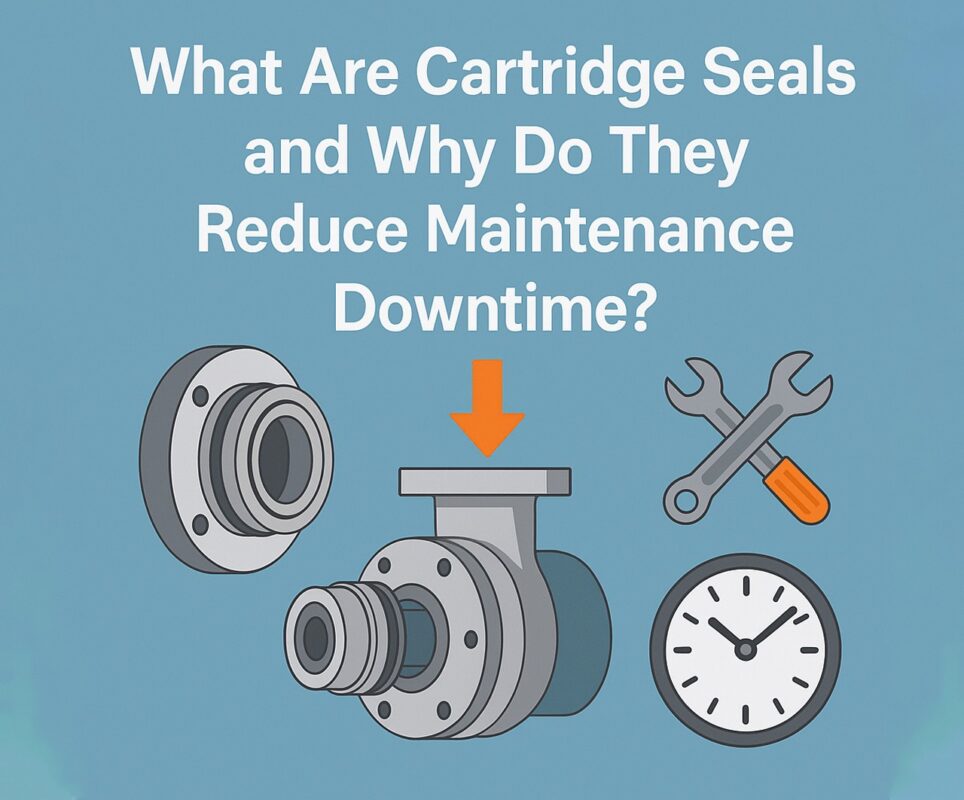In the world of precision sealing and fluid containment, the right combination of materials and components can make or break performance—especially in high-pressure environments. Whether you’re dealing with the challenges of extrusion, material fatigue, or temperature-induced seal failure, adding a support element like a backup ring can transform system longevity. Modern sealing systems often incorporate technologies such as the closed cell backer rod, adhesive backed rubber strips, and the O ring backing ring—a trio that works behind the scenes to prevent leaks, system damage, and downtime. Understanding the function of backup rings and their role in High-Pressure Seal applications is essential for engineers, technicians, and system designers alike. Know more..
What Is a Backup Ring?
A backup ring is a rigid, usually non-elastic component installed alongside an O-ring or other primary seal to support it under pressure. Its main role is to prevent the O-ring from extruding into the gap between the mating parts of a system. This is especially crucial in dynamic and static sealing applications that involve high pressure or large temperature fluctuations.
Why High-Pressure Systems Need More Than an O-Ring
In standard conditions, an O-ring can maintain its shape and function. But under extreme pressure, soft elastomers can deform and get pushed into the clearance gaps—leading to what is known as extrusion failure. That’s where the O ring backing ring becomes vital. By sitting in the groove behind the O-ring, it absorbs the pressure and restricts deformation, keeping the O-ring in place.
Exploring the Materials: Backup Rings and Supporting Sealing Components
Backup rings and their complementary sealing components are available in various materials depending on application requirements:
- PTFE (Teflon): Excellent chemical resistance and low friction
- Nylon: Rigid, strong, and cost-effective
- Rubber (for backup in softer conditions): Offers some elasticity while giving structural support
- PEEK or high-performance polymers: Used in aerospace and medical industries
Similarly, materials like closed cell backer rod and adhesive backed rubber strips add versatility to sealing applications outside of traditional O-ring grooves.
The Role of Closed Cell Backer Rod
Although not a traditional backup ring, the closed cell backer rod is often used in structural and construction sealing. It fills gaps and controls the depth of applied sealants like silicone or polyurethane. In industrial applications, it creates a reliable support profile against which a sealant or adhesive can be applied, reducing sealant waste and improving overall adhesion.
Where Adhesive Backed Rubber Strips Fit In
Adhesive backed rubber strips offer flexible sealing in areas where a rigid or grooved component isn’t practical. These strips act as gaskets, vibration dampers, or flexible barriers that complement the main sealing system. In high-pressure enclosures, they can be used around panel seams or access hatches to reduce vibration and improve airtight sealing.
How an O Ring Backing Ring Works
The O ring backing ring is typically installed on the low-pressure side of an O-ring in a gland or groove. When pressure builds up, the backing ring acts as a physical barrier to prevent the O-ring from being forced into extrusion gaps. In bidirectional pressure applications, two backup rings may be used—one on each side.
Key Benefits:
- Prevents extrusion and nibbling
- Allows use of softer, more flexible O-ring materials
- Extends service life
- Reduces failure risk in high-pressure systems
Common Applications That Require Backup Rings
- Hydraulic Cylinders: Seals in hydraulic rams operate under high internal pressures and rapid cycles. Without a backup ring, O-rings could extrude during pressure spikes.
- Aerospace Valves: In extreme altitudes and varying pressures, backup rings prevent seal failure that could compromise performance or safety.
- High-Pressure Gas Systems: For seals handling compressed gases, extrusion failure could lead to dangerous leaks.
- Oil and Gas Equipment: Wellheads, pumps, and pressure vessels benefit from the enhanced sealing capability of the O ring backing ring.
- Industrial Mixers and Blenders: These use adhesive backed rubber strips and O-ring combinations to maintain hygiene and withstand intense mechanical force.
Key Differences Between Backup Rings and Other Seal Enhancers
| Component | Function | Material Options | Application Area |
| Backup Ring | Prevent O-ring extrusion | PTFE, Nylon, PEEK | High-pressure hydraulic systems |
| Closed Cell Backer Rod | Support sealant application | Polyethylene foam | Construction, structural sealing |
| Adhesive Backed Rubber Strips | Provide flexible sealing surfaces | EPDM, Neoprene, Silicone | Electrical panels, HVAC, enclosures |
Advanced Uses and Creative Engineering
1. Dual-Backup Configurations
In extremely high-pressure systems or those with bidirectional pressure flow, two O ring backing rings are used to flank the O-ring, creating a balanced, durable sealing system.
2. Custom Molded Backup Rings
Some oilfield and aerospace engineers design backup rings with molded grooves to interlock with the O-ring, minimizing micro-movements and improving longevity.
3. Backer Rods in Nontraditional Sealing
The closed cell backer rod is now being used in underwater enclosures as a pressure-equalizing support for gasketed lids.
4. Multi-Layered Strip Systems
Engineers layer adhesive backed rubber strips with metal or foam for vibration isolation and dual-environment sealing (e.g., water + oil).
Key Selection Factors
When choosing a backup ring or related sealing component:
- Pressure: Higher pressure requires stronger materials like PEEK or PTFE.
- Temperature: Consider expansion and hardening at extremes.
- Chemical Exposure: Select materials compatible with working fluids.
- Groove Dimensions: Make sure backup rings fit within existing gland specs.
- Motion Type: Static vs. dynamic motion changes ring material and geometry needs.
Real-World Case Study: Hydraulic Press
A leading manufacturer of hydraulic presses experienced repeated seal failures during long press cycles. Engineers introduced a O ring backing ring made of PTFE to support the existing NBR O-ring. Additionally, they added adhesive backed rubber strips around the control panel to seal against airborne coolant vapors. Results included:
- 70% reduction in maintenance calls
- Extended seal life by 2.5x
- Improved system uptime and reliability
Installation Best Practices
- Always pre-lubricate O-rings and backup rings to ease assembly
- Install backup rings first, then place the O-ring
- Avoid stretching PTFE rings beyond limits; use installation tools
- Inspect for nicks or dents—minor damage can lead to leaks
- For foam products like backer rod, cut precisely and avoid compression that may deform the shape
The Future of Seal Reinforcement
Technology is advancing even in the world of sealing:
- Smart materials: Backup rings with built-in wear indicators
- 3D printed O ring backing ring sets for custom grooves
- Hybrid foam-seal systems: Using closed cell backer rod in layered, smart-seal designs
- Self-healing rubber strips: Adhesive gaskets that reform after impact or puncture
These innovations promise lower maintenance, better sealing, and more efficient production.
Final Thoughts: Sealing Smarter, Not Just Stronger
A high-pressure sealing system isn’t complete without its unsung hero—the backup ring. Whether it’s a rugged O ring backing ring, a multi-purpose closed cell backer rod, or a versatile adhesive backed rubber strip, every component plays a vital role in performance, protection, and longevity.
In today’s high-stakes engineering environments, overlooking small parts like these can result in big problems. But when chosen wisely and installed properly, these sealing reinforcements can dramatically improve reliability, reduce costs, and unlock higher performance from even the most demanding systems.
So, the next time you spec a high-pressure seal, don’t forget the backup. It might just be the best insurance your system ever had.
